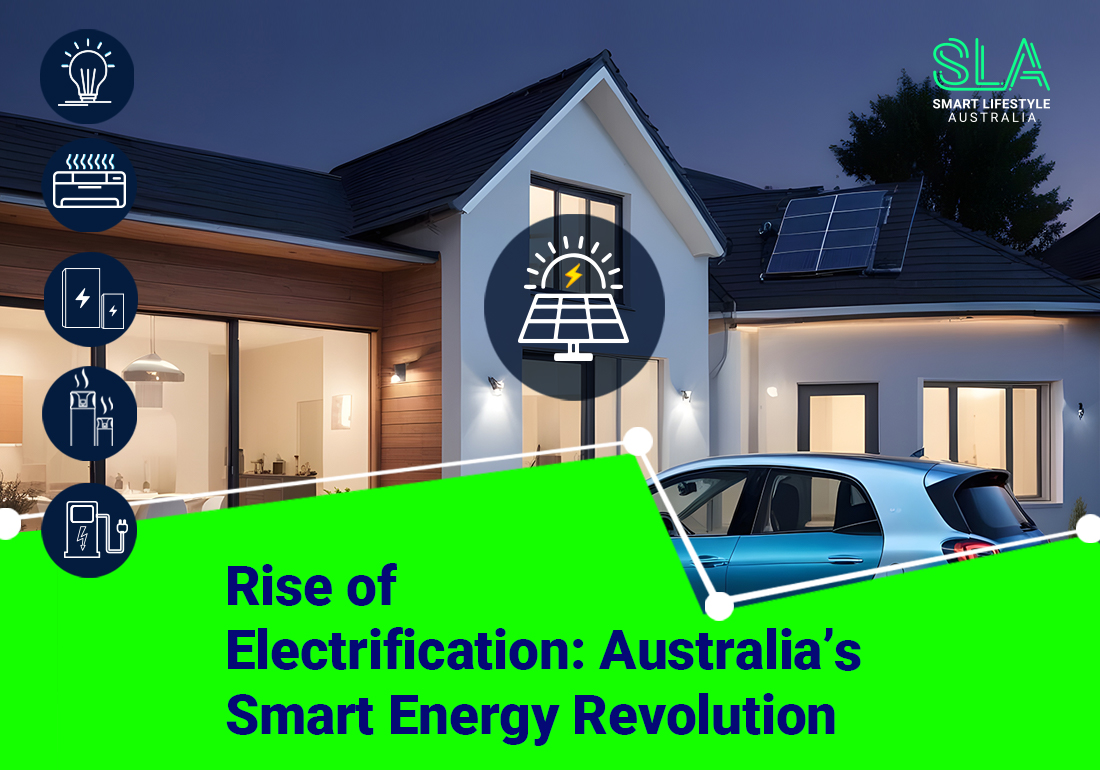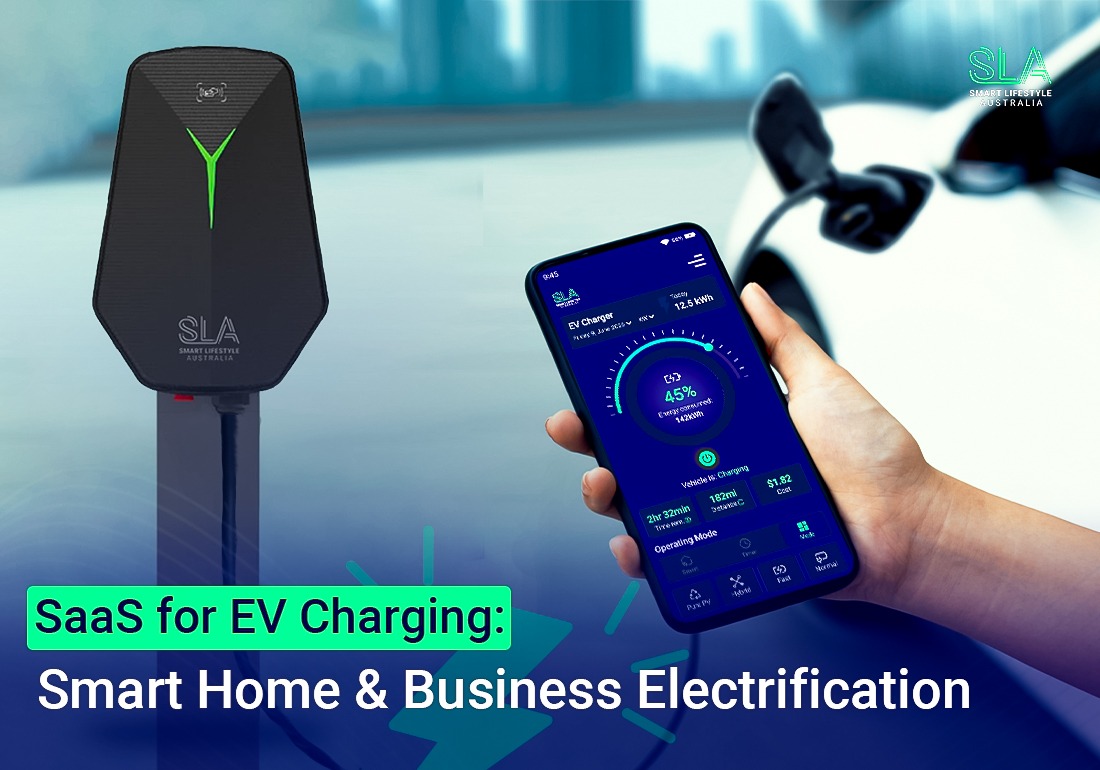Australia is undergoing a significant transformation in how it generates, distributes, and uses energy. And Australia’s smart energy revolution is leading the future.
With a strong commitment to reduce carbon emissions and achieve net-zero emissions by 2050, the country is embracing electrification as a pathway to a greener, more sustainable future.
This energy transition is being driven by innovative technologies, shifting policies, and growing public support. Let’s explore how the rise of electrification is powering Australia’s smart energy revolution.
In this blog post:
- What does Electrification Actually Mean?
- How Electrified Living Powers Australia's Energy Revolution
- Transforming to a Modern Energy System
- Australia's Smart Energy Revolution
- Electrification: Australia's Path to Lower Carbon Emissions
- Leading the Green Economy
- Driving Towards a Sustainable Future With Electrified Living
- Electrification in Australia: A Key to Net-Zero
- Electrifying Australia
- Driving Towards a Better Future
What does Electrification Actually Mean?
In simple terms, electrification is the process of powering systems with electricity instead of fossil fuels. But in the context of Australia’s future, it’s a transformative strategy that brings economic, environmental, and social benefits.
From lower energy bills to healthier cities and new job opportunities, electrification stands at the heart of the energy revolution.
How Electrified Living Powers Australia's Energy Revolution
Electrified living means replacing systems powered by fossil fuels with ones that use electricity, ideally sourced from renewable energy sources.
This includes transitioning from gas-powered heating and cooking to electric alternatives, driving electric vehicles (EVs) instead of gasoline-powered cars, and utilising solar power instead of coal-based electricity.
Electrification is not just a buzzword – it’s a practical and impactful way to reduce our carbon emissions while improving efficiency and convenience.
With advances in technology and decreasing upfront costs, electrified homes and businesses are now more accessible than ever.
Transforming to a Modern Energy System
Australia’s journey to a modern energy system involves more than just switching appliances. It requires a fundamental redesign of how electricity is generated, stored, and consumed.
The transition to renewable electricity sources, such as solar and wind, is central to this transformation.
Key elements include:
- Renewable energy generation through solar panels and wind farms
- Decentralised energy systems enabling homes to produce and store energy
- Smart technologies like smart meters and smart hot water systems
- Upgrades to the electricity grid to handle variable supply and demand
These changes aim to create a smarter, more resilient energy network that efficiently supports both supply and demand.
Australia's Smart Energy Revolution
Australia is rich in renewable energy sources, including solar, wind, and hydropower. The government has established renewable energy zones in regions such as New South Wales to increase the generation of renewable energy.
Thanks to falling prices and policy incentives, solar panels have become common on rooftops across the country.
Battery storage, including solar batteries, enables homes to store excess energy for later use, reducing their dependence on the grid and helping to balance energy loads.
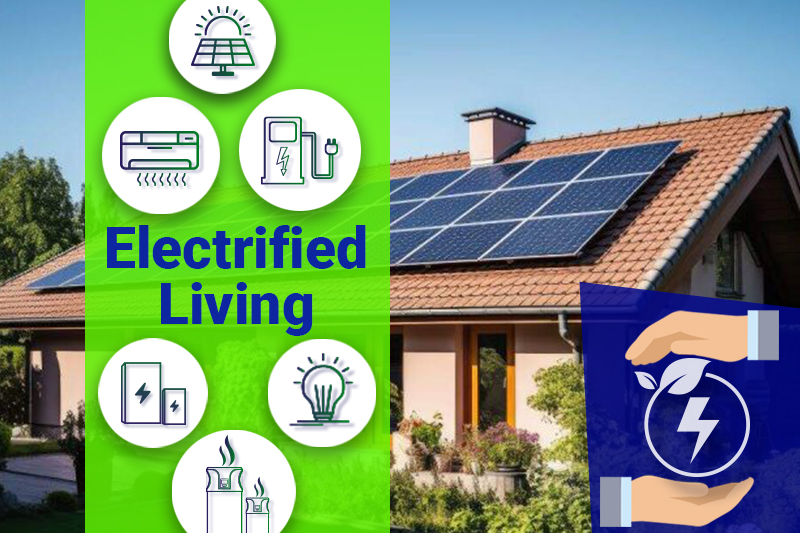
Using Smart Meters
A critical part of the smart energy revolution is the use of smart meters. These devices provide real-time data on electricity use, helping homeowners and energy providers monitor and optimise energy consumption.
Benefits of smart meters include:
- Accurate, real-time billing
- Better energy management and cost control
- Faster detection of faults and outages
As part of broader electrification efforts, smart meters are paving the way for a more cost-effective and sustainable energy future.
Hot Water Heat Pump System
A heat pump hot water system uses electricity to extract heat from the air to warm water – a much more efficient method than traditional electric or gas heaters. These systems can be powered by solar batteries, making them even more environmentally friendly.
They offer:
- Significant energy savings
- Lower greenhouse gas emissions
- Compatibility with smart home systems
This is another example of how electrification is enhancing comfort while supporting the goal of net-zero emissions by 2050.
Water heating accounts for a large portion of household energy use. Transitioning to a smart hot water system helps reduce energy waste by heating water during off-peak times or when solar energy is abundant.
By integrating with solar panels or tapping into the electricity grid during cheaper times, these systems lower upfront costs over time and support sustaining energy for the long term.
Battery Storage/Solar Batteries
To maximise the benefits of renewable energy sources, battery storage is crucial. Solar batteries enable homes and businesses to store energy during the day and utilise it at night, thereby reducing pressure on the electricity grid.
Benefits include:
- Greater energy independence
- Lower power bills
- Backup power during outages
As costs fall and efficiency improves, battery storage is becoming an integral part of the home energy ecosystem.
Solar Panels
Solar panels are at the forefront of Australia’s renewable energy revolution. With abundant sunshine, it makes sense for homes and businesses to generate their clean energy.
Solar panels:
- Help lower electricity bills
- Reduce greenhouse gas emissions
- Increase property value
Combined with battery storage and smart systems, they enable a cleaner, more self-sufficient lifestyle.
Electric Vehicles
Electric vehicles (EVs) are a cornerstone of Australia’s energy revolution. They reduce tailpipe emissions, are cheaper to run and maintain, and can even feed energy back to the grid in some cases.
As the network of charging stations grows and battery costs decline, more Australians are making the switch. EVs paired with home solar batteries enable truly sustainable transport options.
Electrification: Australia's Path to Lower Carbon Emissions
Electrification provides a direct route to reducing carbon emissions by replacing fossil fuel usage with electricity generated from renewable sources.
Electrification is one of the most effective strategies Australia can use to tackle climate change.
By shifting away from carbon-intensive fuels like coal and natural gas and instead using clean electricity generated from renewable energy sources such as solar and wind, the country can significantly reduce its overall carbon emissions.
This transition isn’t just about switching how we power things — it’s about transforming entire systems across industries and everyday life. Here’s how electrification makes a substantial impact in key areas:
Heating for Homes and Businesses:
Replacing gas-powered heating systems with electric alternatives, such as reverse-cycle air conditioners or heat pump hot water systems, results in lower emissions and increased energy efficiency.
When powered by renewable electricity, these systems can heat spaces and water without polluting the environment.
Transportation:
The shift from petrol- and diesel-powered vehicles to electric vehicles (EVs) is a game-changer.
EVs produce zero tailpipe emissions and can be powered by clean energy, helping to reduce pollution in cities and cut national greenhouse gas output.
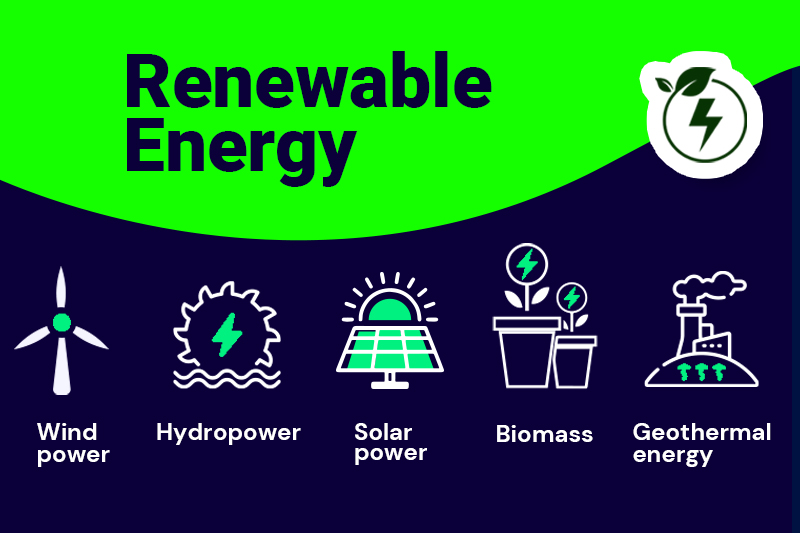
Industrial Applications:
Many industrial operations still rely on fossil fuels for heat and power. Electrifying these processes.
For example, using electric furnaces or equipment powered by solar or wind energy can drastically reduce emissions from the manufacturing, mining, and processing sectors.
Energy Storage with Battery Technology:
As more renewable electricity is added to the grid, reliable battery storage becomes essential. By storing solar or wind energy when it’s plentiful and using it when needed, batteries reduce the reliance on gas-fired power plants and help maintain a steady, clean energy supply.
Every time we replace a fossil-fuel-based system with an electric one powered by renewables, we move closer to a cleaner, more efficient, and cost-effective energy future.
Electrification not only helps reduce emissions but also enhances energy resilience, lowers long-term costs, and supports Australia’s goal of achieving net-zero emissions by 2050.
Leading the Green Economy
Australia is positioning itself as a leader in the green economy. Investments in renewable energy generation, electrification, and green technologies are creating jobs, supporting innovation, and strengthening the economy.
Programs like rebates for EVs and subsidies for installing solar panels or upgrading to efficient systems are encouraging households and businesses to make the switch.
By reducing its reliance on fossil fuels, Australia is not only addressing climate change but also enhancing energy independence and economic resilience.
Driving Towards a Sustainable Future With Electrified Living
The transition to electrified living is not only about technology; it’s a cultural shift. Australians are increasingly aware of the environmental impacts of their choices and are opting for greener alternatives in their daily lives.
Whether it’s switching to electric vehicles, installing solar panels, or upgrading to a smart water heater, each action contributes to a larger mission – a sustainable and liveable future for all.
Electrification in Australia: A Key to Net-Zero
To achieve net-zero emissions by 2050, the acceleration of electrification in Australia must continue. This includes scaling up:
- EV infrastructure and incentives
- Clean battery storage technologies
- Electrified appliances and smart systems
Government policies, industry cooperation, and individual action are all essential in this national effort.
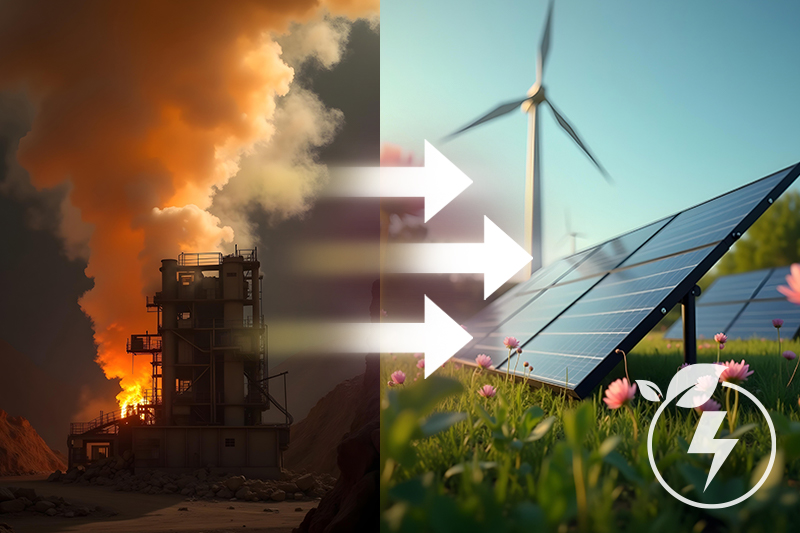
Electrifying Australia
Electrifying Australia is more than a goal – it’s a movement. Driven by the promise of a cleaner future, the nation is embracing renewable energy, smart technology, and innovative solutions to reimagine how we live, work, and travel.
The combination of individual choices and national strategies is setting Australia on a clear path toward a low-carbon, energy-secure future.
Driving Towards a Better Future
Australia’s smart energy revolution is well underway. Through electrification, the nation is embracing a future powered by renewable energy sources, supported by smart technologies, and aiming to achieve net-zero emissions by 2050.
From electric vehicles and solar panels to battery storage and smart water heating systems, every innovation plays a crucial role in the transition to a greener future.
Together, they form a cleaner, greener path forward – one that ensures energy is not only sustainable but also more affordable, reliable, and beneficial for future generations.
Electrifying Australia is not just about powering homes differently – it’s about empowering a nation to lead the green economy and shape a resilient, sustainable future.
Contact Cyanergy or Smart Lifestyle Australia to be a part of the revolution!

